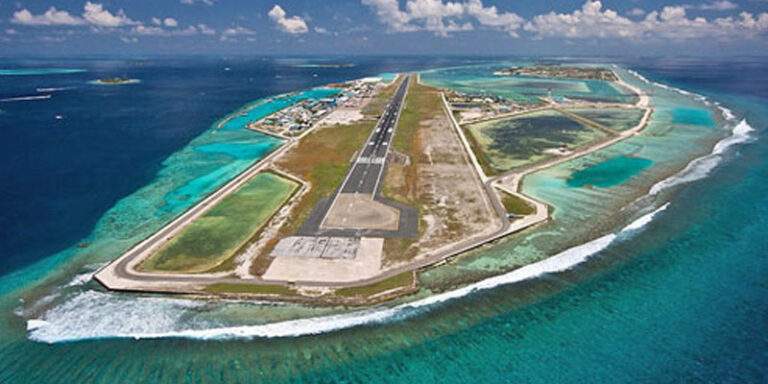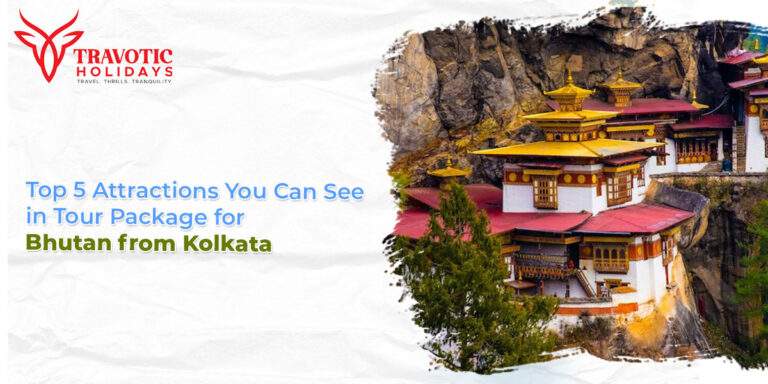Kerala, located at the southern tip of India, is a captivating state often seen as a balancing point for the entire nation. Known as the “land of coconuts,” it is renowned not only for its stunning backwaters but also for once achieving a remarkable 100% literacy rate. Often referred to as “God’s Own Country,” Kerala’s breathtaking landscapes seem almost divinely crafted. Your visit to Kerala will be even more meaningful when you discover the intriguing, inspiring, and fascinating facts that make this state truly unique.
1. The name ‘Kerala’ literally means ‘the land of coconuts’
The word “Kerala” translates to “land of coconuts.” In Malayalam, “Kera” means coconut tree and “Alam” means land, which together explain the state’s popular nickname. With its lush landscape filled with coconut palms and its major role in India’s coconut production, the name perfectly reflects Kerala’s identity.
The word ‘keram’ translates to ‘coconut tree’. Given how abundant coconuts are in Kerala—and how one could practically live off coconut water and flesh alone—the region naturally came to be known as ‘Keralam’, meaning ‘land of coconuts’.
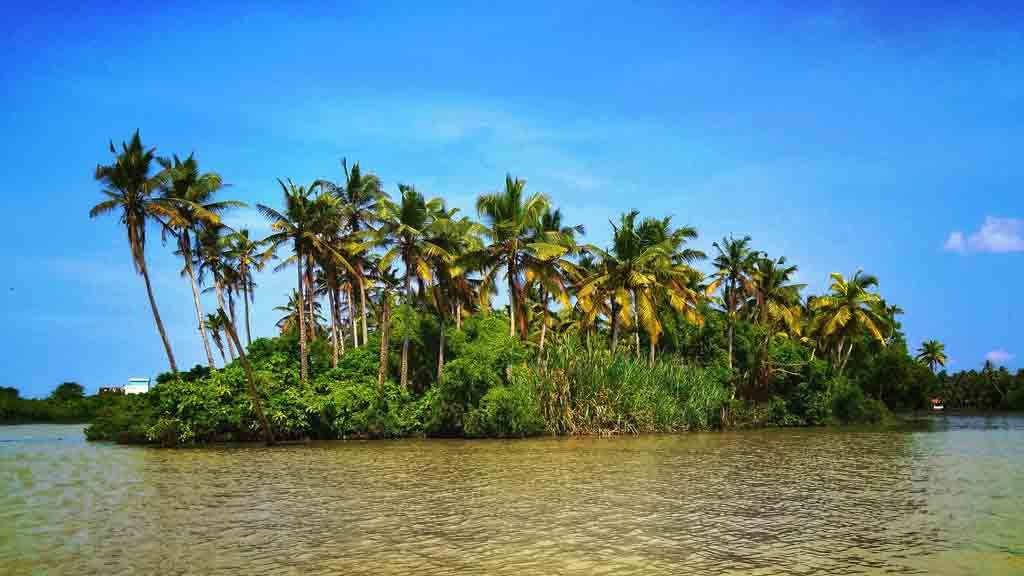
2.Kerala has the highest female-to-male sex ratio in India
Kerala boasts the highest sex ratio in India. As per the 2011 Census, the state recorded 1,084 females for every 1,000 males, surpassing all other Indian states. In comparison, the national sex ratio was 943 females per 1,000 males in 2011. Among Kerala’s districts, Kannur had the highest sex ratio at 1,136, followed by Pathanamthitta.
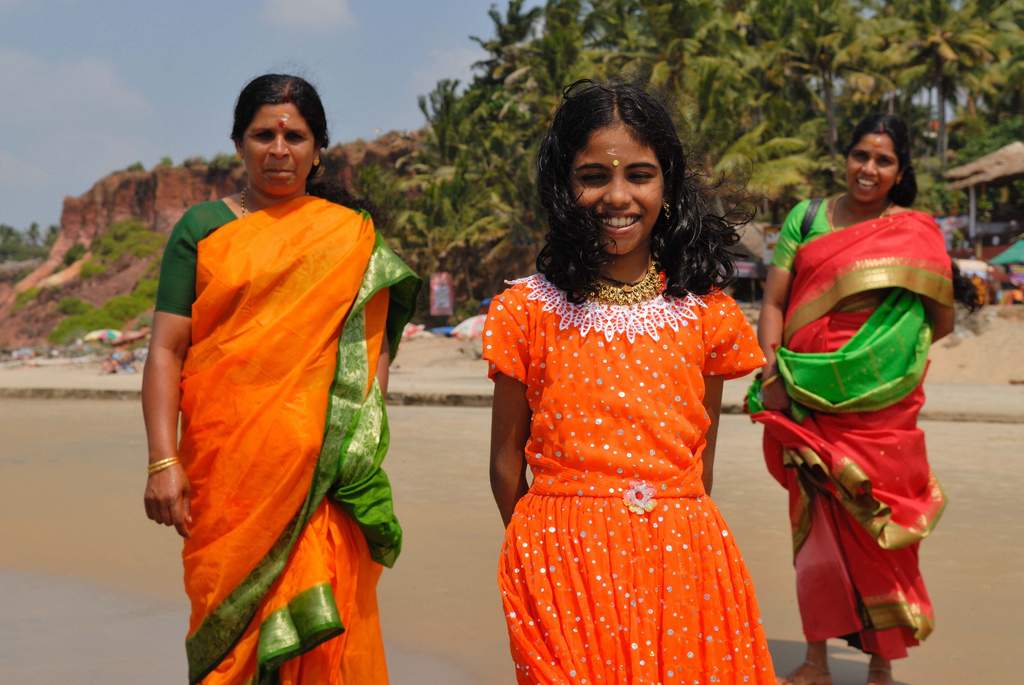
3. Highest literacy rate in India
Keral has exceptional literacy rate. The state boasts an average literacy rate of around 93%. Even more remarkable, Kerala once reached the unique milestone of achieving 100% primary education among its population—an extraordinary accomplishment.
As per the 2011 Census, Kerala’s literacy rate is 93.91%, with 96.02% of men and 91.98% of women being literate.
4. Kerala has the highest life expectancy in India
Kerala consistently has the highest life expectancy in India. Exact numbers varies depending on the source and year, Kerala often ranks at or near the top. For instance, some reports indicate that the average life expectancy at birth in Kerala is around 74.9 years, with men living about 72 years and women around 77.8 years.
5.Ayurvedic Traditions in Kerala
Kerala has a deep-rooted connection with Ayurveda, offering a rich heritage and a wide traditional therapies. The state is well renowned fo authentic Ayurvedic treatments, including Panchakarma detoxification, Abhyanga oil massages, and Shirodhara. Kerala also emphasizes personalized Ayurvedic diets and lifestyle practices, promoting a holistic approach to health and overall well-being.
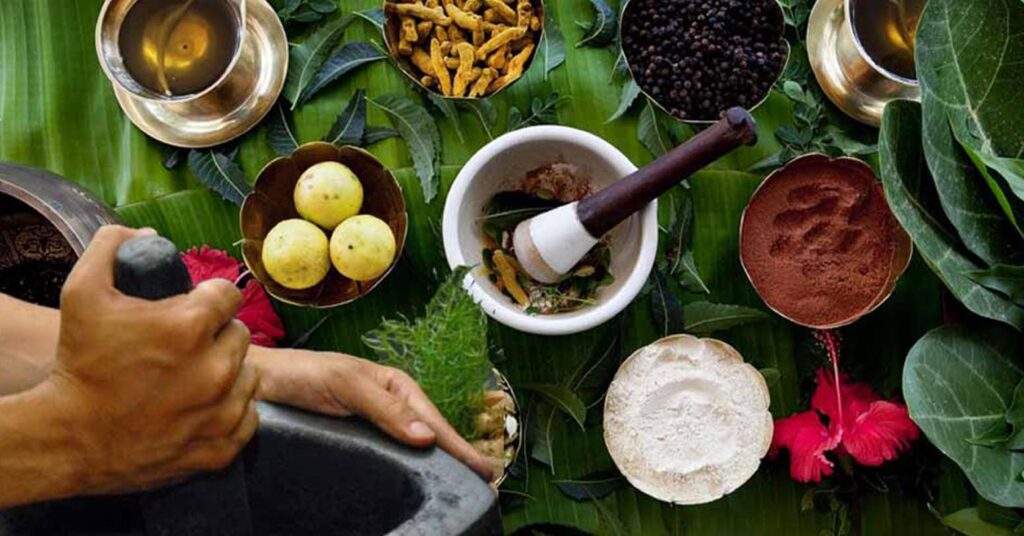
6. Kerala's Backwaters Are a Geographical different
Kerala is famed for its serene backwaters that offer a soothing escape, but what makes them truly special is their unique geography. Stretching parallel to much of the state’s west coast, these lakes and lagoons form a fascinating and complex network. They twist and wind through the land, creating a maze-like system of waterways. Most of Kerala’s backwaters are made up of five large lakes interconnected by a series of narrow canals, making them a distinctive geographical feature..
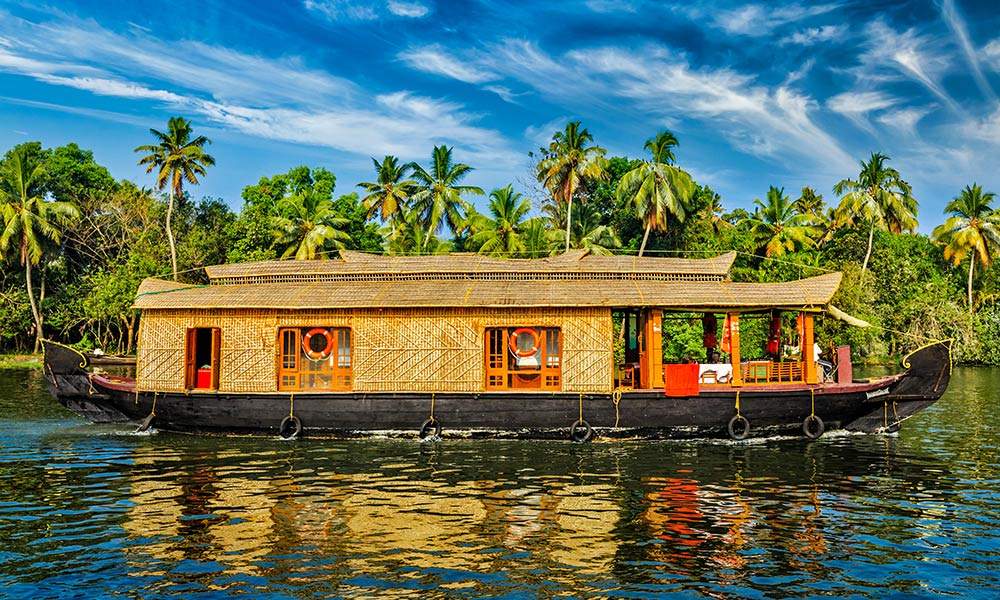
7. The Land Of Elephants in India
You could easily call Kerala the ‘land of elephants’ instead of the ‘land of coconuts’—and few would argue. Over 700 elephants roam the lush landscapes of this remarkable state, most of them owned by temples and religious institutions. Revered and celebrated, elephants are a symbol of pride in Kerala and even appear on the state’s official emblem.
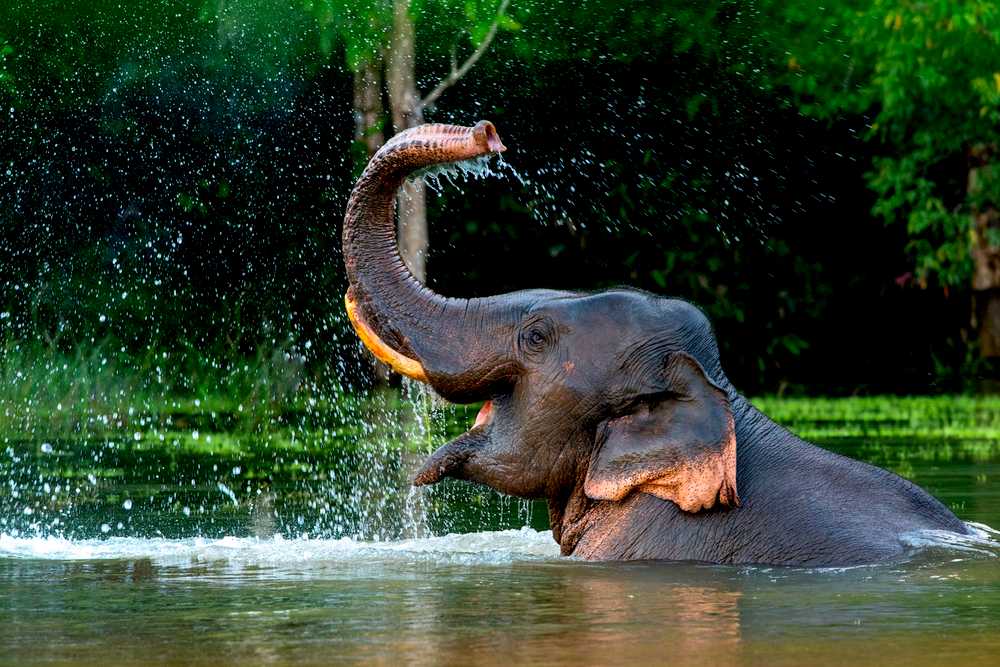
8. Home to the World's Richest Temple
One of the lesser-known yet truly awe-inspiring facts about Kerala is that it is home to the richest temple in the world. Kerala is home to the Padmanabhaswamy Temple in Thiruvananthapuram, reputed to be the richest temple in the world. Its immense wealth includes vast treasures of gold, jewels, and precious stones. Beyond its riches, the temple is steeped in history, dating back to the 8th century, and holds great religious significance as one of the 108 Divya Desams—sacred abodes of Lord Vishnu.
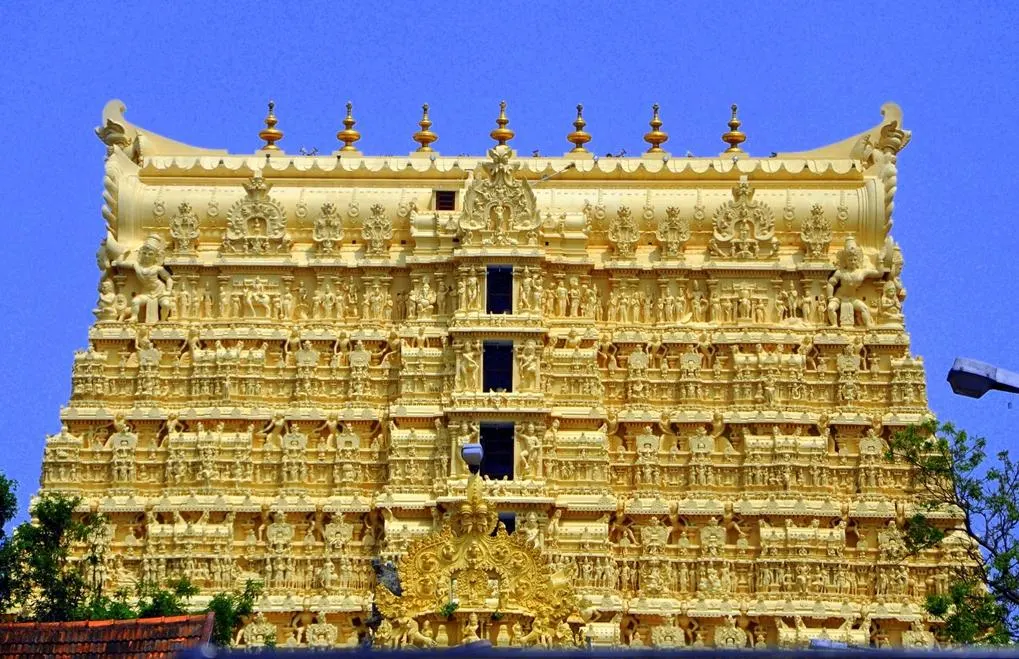
9. Kerala Is the First State in India to Receive Rainfall
Kerala is the first state in India to receive rainfall from the Southwest monsoon, marking the beginning of the rainy season. This happens because the Arabian Sea branch of the monsoon first strikes the Western Ghats in Kerala. The southwest monsoon usually arrives in Kerala around June 1 and spreads across the rest of the country by July 8.
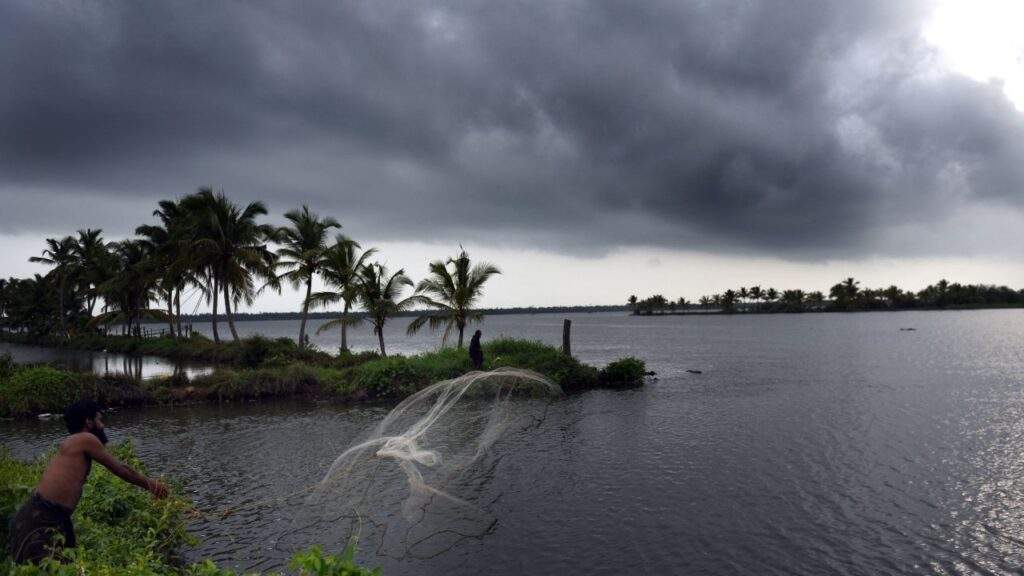
10. India’s Lowest Population Growth Rate
Kerala’s achievements go beyond its high literacy rate, impressive sex ratio, and leading life expectancy. Its standout feature is the exceptionally low population growth rate. In contrast to India’s overall population growth of around 17 percent, Kerala’s growth rate is remarkably low at just 4 percent, making it a unique case in the country.
11. It is among the top 5 family holiday destinations
With its child-friendly environment, high literacy rate, and numerous family-oriented attractions, it’s no surprise that Kerala has earned a place among the world’s top family vacation destinations. In fact, Lonely Planet recognized this by listing Kerala among the top 5 family holiday spots globally, most recently in 2016.
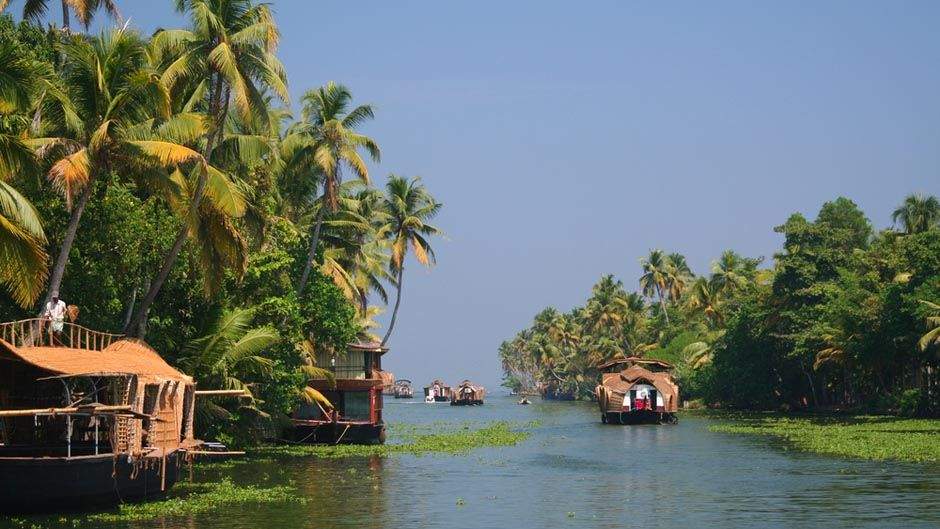
12. The first mosque in India was established in Kerala
The Cheraman Juma Masjid in Kodungallur, Kerala, is widely regarded as the first mosque in India. It holds great historical and cultural significance and has been designated as a Grade 1 heritage site by the Government of India.
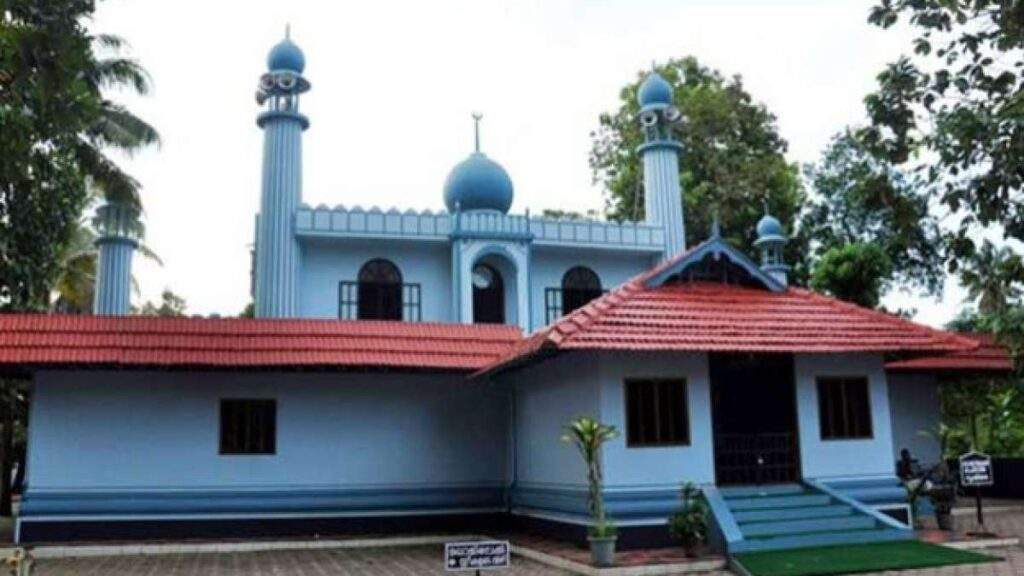
13. Kerala is home to the distinctive classical dance form known as Kathakali
Kerala is renowned for its unique classical dance-drama, Kathakali. This traditional art form combines elaborate costumes, vibrant makeup, and expressive movements to narrate stories, often drawn from Indian Epics such as the Ramayana and Mahabharata.
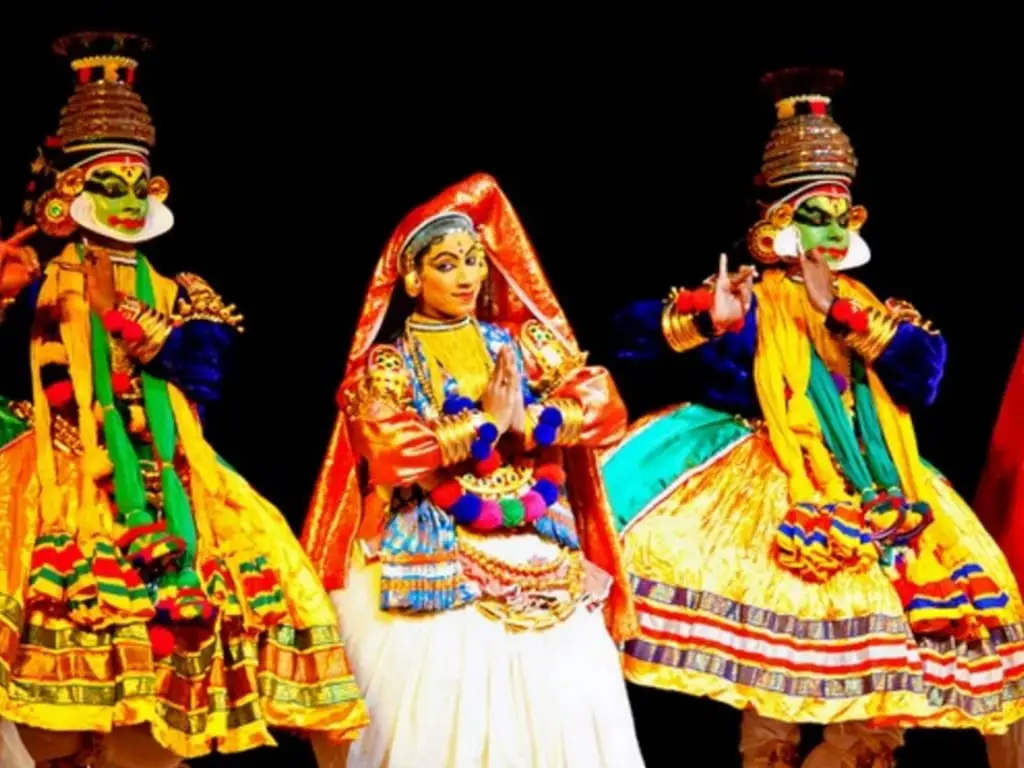
14. Kerala houses a variety of national parks and wildlife sanctuaries
Kerala is home to a wide array of national parks and wildlife sanctuaries, making it a favored destination for nature and wildlife lovers. Prominent among them are Eravikulam National Park, Silent Valley National Park, Wayanad Wildlife Sanctuary, and Periyar National Park. These protected areas feature diverse ecosystems and support a rich variety of plant and animal life, including several endangered species.
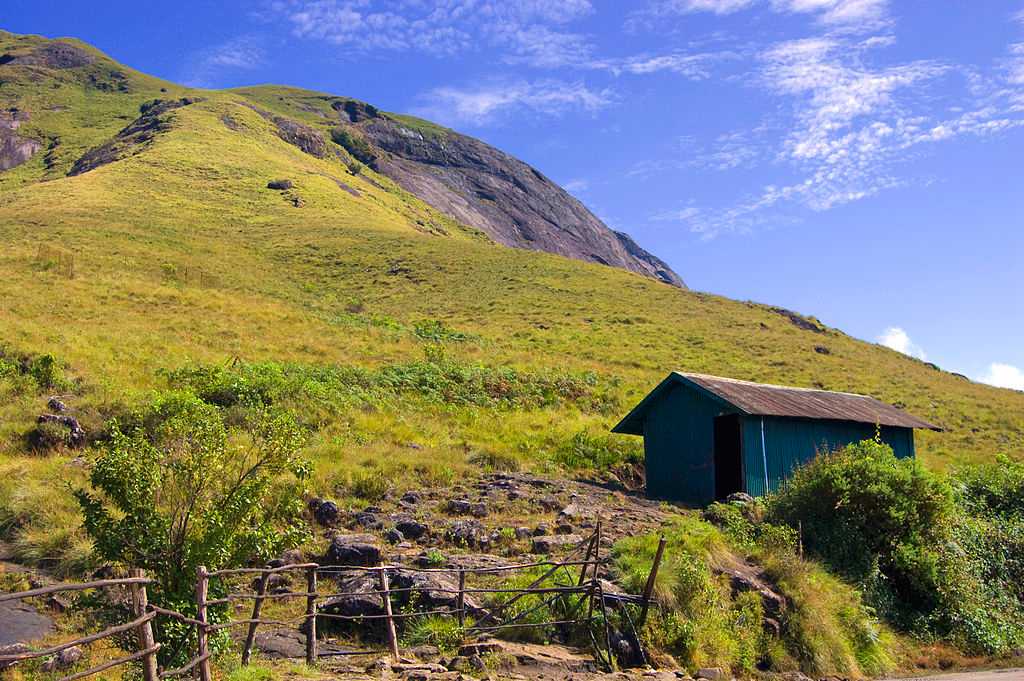
15. Kerala is known for its distinctive martial art form, Kalaripayattu
Kalaripayattu is an ancient and unique martial art that originated in Kerala, India. With a history dating back over 3,000 years, it is regarded as one of the oldest martial arts in the world.
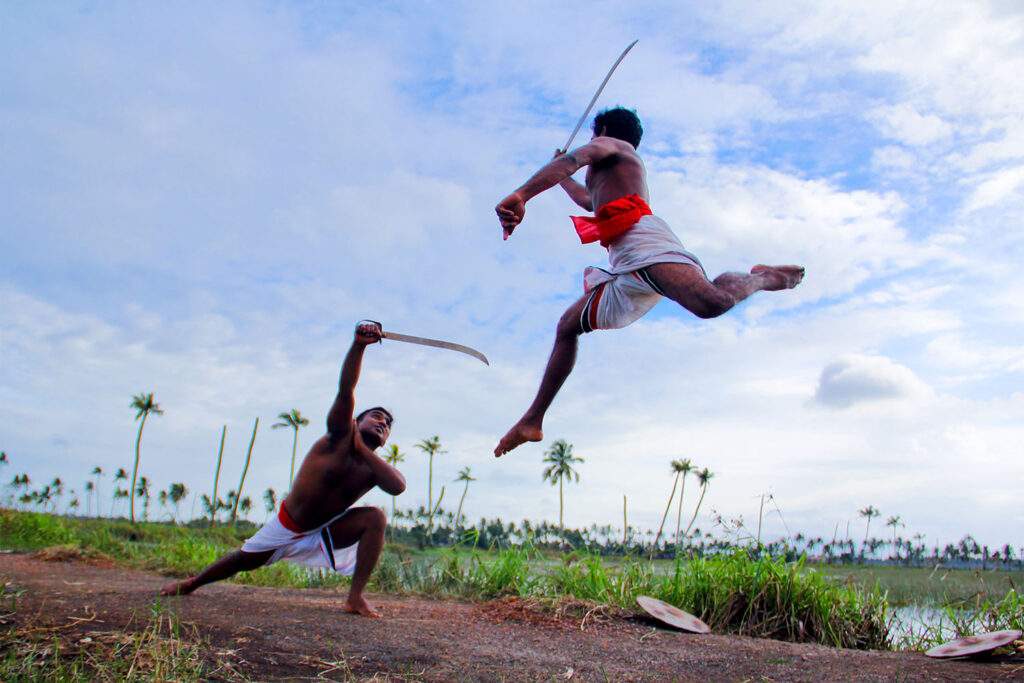
16. highest gold consumption in the country is Kerala
Kerala is often recognized as having the highest per capita gold consumption in India. The state shares a deep cultural and social bond with gold, consuming around 200-225 tonnes annually. This is evident in the large number of gold retailers throughout Kerala and the longstanding tradition of viewing gold as a trusted investment..
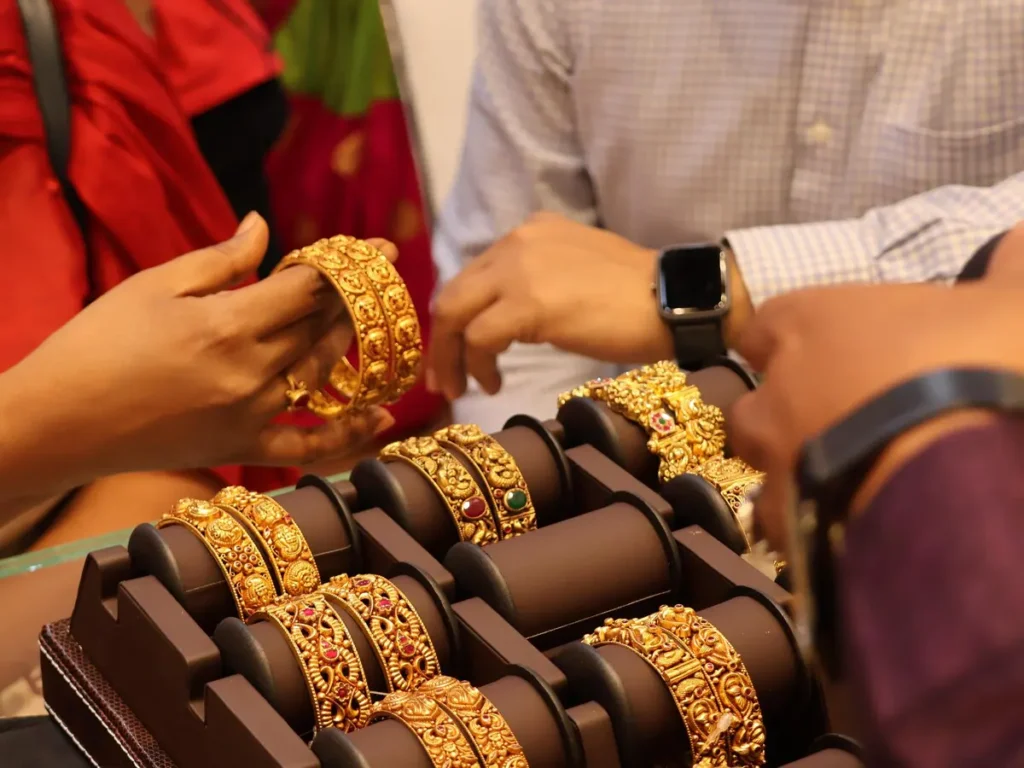
17. The leading producers of rubber in India
Kerala is the largest producer of natural rubber in India, contributing over 70% of the country’s total rubber output. This dominance is due to Kerala’s favorable climate, characterized by abundant rainfall and high humidity. Key rubber-producing districts in the state include Kottayam, Kollam, Ernakulam, and Kozhikode.
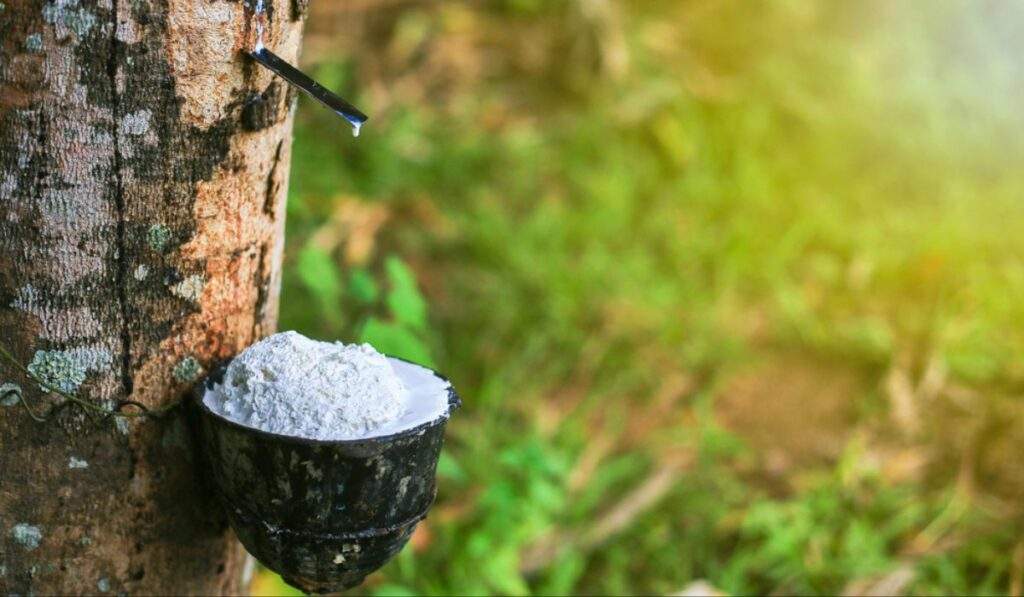
18. Kerala is The first state to have implemented education reform bills
Kerala was the first state in India to introduce education reform through the Kerala Education Act of 1958. This landmark legislation sought to regulate private educational institutions and standardize aspects such as syllabi and pay structures.


